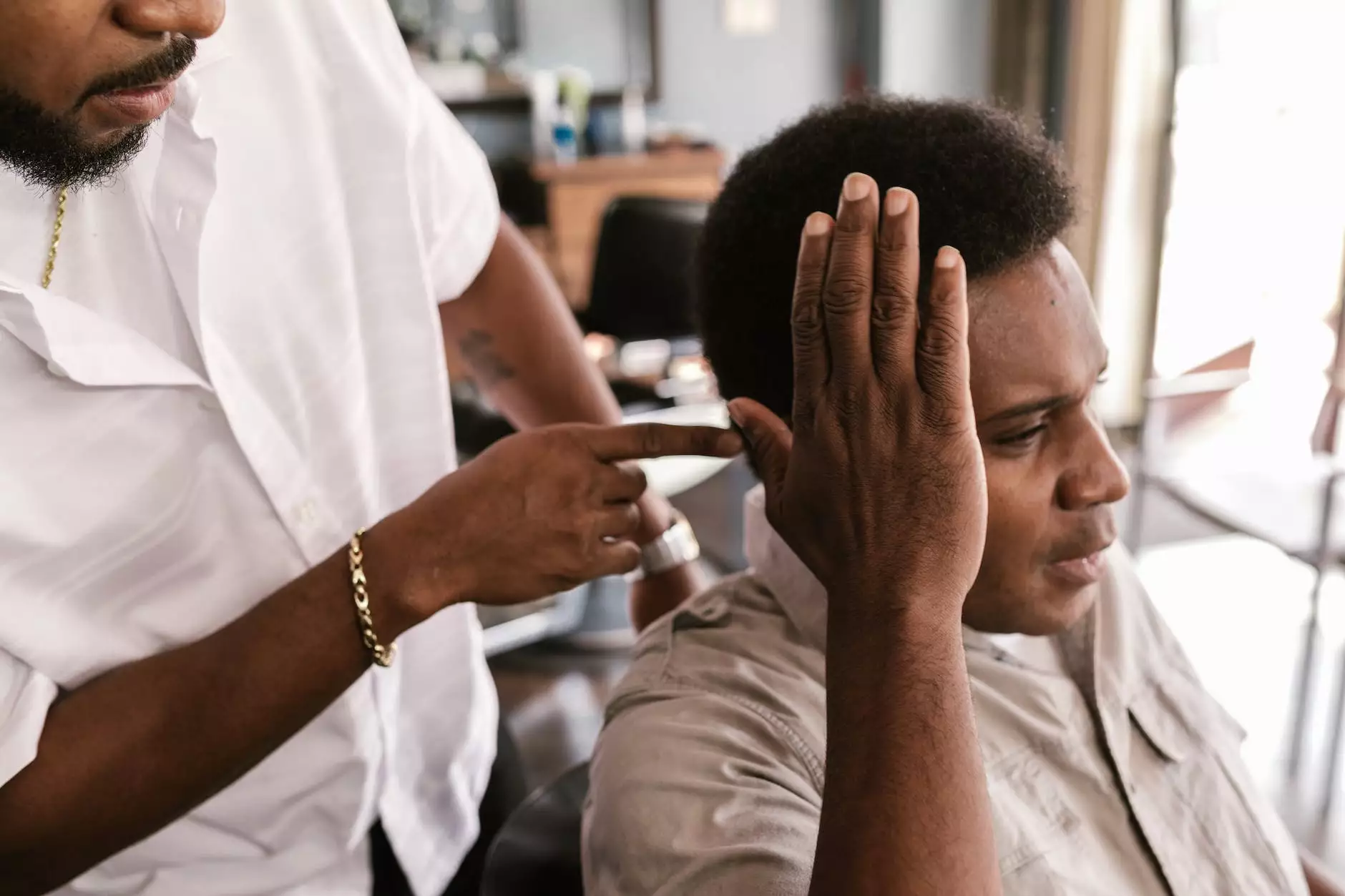Occupational Therapy for Kids: Understanding Its Importance

Occupational therapy for kids is a crucial resource designed to help young ones navigate the challenges of daily life, enhance their developmental skills, and engage more fully with their environment. In today's fast-paced and often overwhelming world, understanding how occupational therapy assists children can lead to significant improvements in their quality of life. This article delves deeply into what occupational therapy is, its benefits for children, and how it can be integrated into their routines to foster growth and independence.
What is Occupational Therapy for Kids?
Occupational therapy (OT) is a type of healthcare designed to support individuals in achieving independence and functionality in their daily activities. For children, this can mean helping them with physical, sensory, and cognitive skills needed to engage in play, education, and self-care. Occupational therapists work with kids who may have developmental delays, physical limitations, or specific conditions such as autism spectrum disorder, cerebral palsy, or learning disabilities.
The Role of Occupational Therapy in Child Development
Occupational therapy for kids plays a significant role in promoting child development through various approaches. Some of the essential roles include:
- Enhancing Motor Skills: OT focuses on improving both fine and gross motor skills, which are vital for everyday activities such as writing, cutting with scissors, and participating in sports.
- Improving Sensory Processing: Many children struggle with sensory sensitivities. Occupational therapists help children learn to process sensory information, making it easier for them to interact with their environment.
- Boosting Cognitive Abilities: Occupational therapy can enhance problem-solving skills, attention span, and planning abilities, which are crucial for learning and daily life.
- Facilitating Social Skills: OT also includes social interactions, teaching kids how to communicate effectively, understand social cues, and develop friendships.
- Promoting Self-Care Skills: From dressing to personal hygiene, occupational therapy empowers children to care for themselves, fostering confidence and independence.
Benefits of Occupational Therapy for Children
The benefits of occupational therapy for kids extend beyond mere skill development; they have a profound impact on a child's overall well-being. Here are some key benefits:
1. Improved Confidence and Self-Esteem
As children master new skills, their confidence grows. Achieving small milestones can significantly boost their self-esteem, making them more eager to tackle challenges.
2. Enhanced Academic Performance
By developing the necessary skills for writing, reading, and focusing, occupational therapy can lead to improved academic outcomes. Children become more engaged learners.
3. Better Social Interactions
OT helps children interact more successfully with peers and adults, leading to improved friendships and social support networks.
4. Greater Family Satisfaction
When children can participate more fully in activities with their families, it leads to happier, healthier family dynamics.
5. Customized Therapeutic Approaches
Each child's therapy is tailored to their unique needs, ensuring that interventions are relevant and effective. This personalized approach makes a significant difference in their development.
How Does Occupational Therapy Work?
Occupational therapy for kids typically begins with an assessment by a trained therapist. This assessment evaluates the child's capabilities, challenges, and areas needing improvement. Based on this evaluation, a personalized intervention plan is formulated, which may include a combination of:
- 1. Direct Therapy Sessions: Regular sessions where the child engages in therapeutic activities guided by the therapist.
- 2. Parental Involvement: Educating parents on how to support their child's development at home.
- 3. Collaboration with Schools: Ensuring that the child's educational environment supports their occupational therapy goals.
- 4. Use of Adaptive Equipment: Recommendations for tools that can assist the child in daily activities.
Key Techniques Used in Occupational Therapy for Kids
Occupational therapists employ a variety of techniques to help children succeed. Some key methods include:
1. Play Therapy
Play is a vital aspect of a child's life and serves as a powerful tool in occupational therapy. Therapists design therapeutic play activities that target specific skills, making learning enjoyable.
2. Sensory Integration Therapy
This technique focuses on helping children respond better to sensory stimuli. Through structured activities, children learn to process sensory information more effectively.
3. Skill-Building Activities
Occupational therapists create activities that build essential skills. For example, using clay to strengthen hand muscles or puzzles to enhance cognitive functions.
Integrating Occupational Therapy into Daily Life
Integrating occupational therapy strategies into a child's daily routine can significantly enhance the effectiveness of therapy sessions. Here are some tips for parents:
- Establish Routines: Keeping a consistent daily schedule helps children feel secure and understand the flow of activities.
- Incorporate Fun Activities: Use games and fun tasks to reinforce skills outside of therapy sessions.
- Create a Supportive Environment: Modify home and school settings to reduce barriers and support the child’s engagement in activities.
- Encourage Independence: Allow children to attempt tasks independently before stepping in to help.
Finding the Right Occupational Therapist
Choosing the right occupational therapist is crucial for ensuring a child receives the best care. Here are steps to find a qualified professional:
- Research Credentials: Look for therapists with appropriate licenses and credentials specifically in pediatric occupational therapy.
- Request Recommendations: Consult with pediatricians or other healthcare providers for referrals.
- Evaluate Experience: Consider therapists who specialize in the specific needs of your child, such as sensory processing issues or developmental delays.
- Arrange a Consultation: Meet with the therapist to discuss your child's needs, goals, and the therapist's approach.
Conclusion: Unlocking Potential through Occupational Therapy
In summary, occupational therapy for kids is a transformative intervention that can significantly enhance a child's skills, independence, and emotional well-being. By recognizing the importance of OT, parents and caregivers can provide the support necessary for children to thrive in all aspects of life. Whether through improving daily functioning, enhancing social interactions, or boosting academic performance, occupational therapy proves to be an invaluable resource in a child's developmental journey. For further information and guidance, visit Two Can Talk, where professional therapists are dedicated to supporting children in reaching their full potential.









